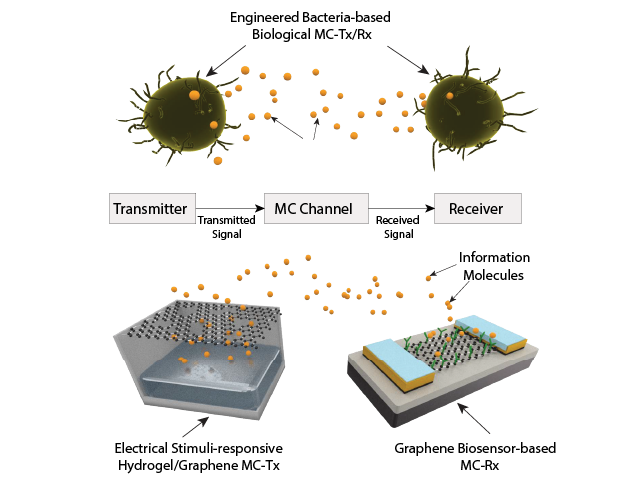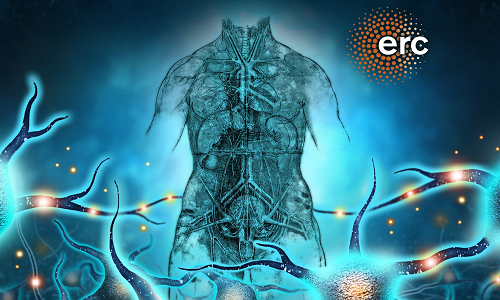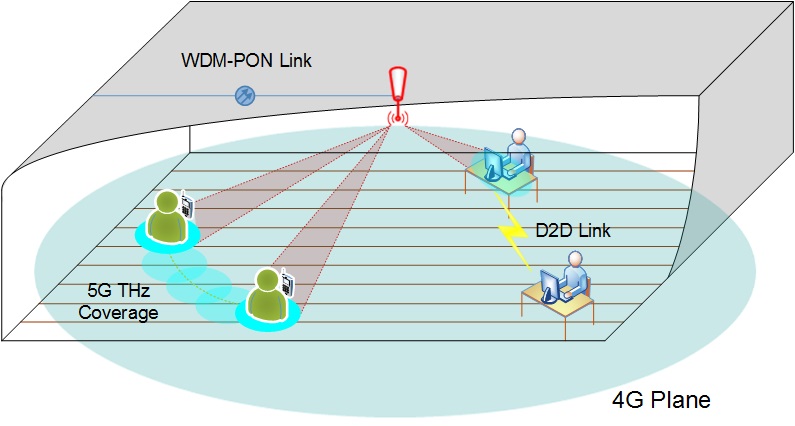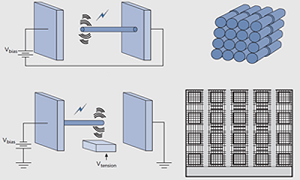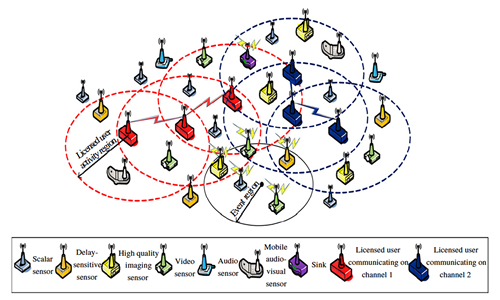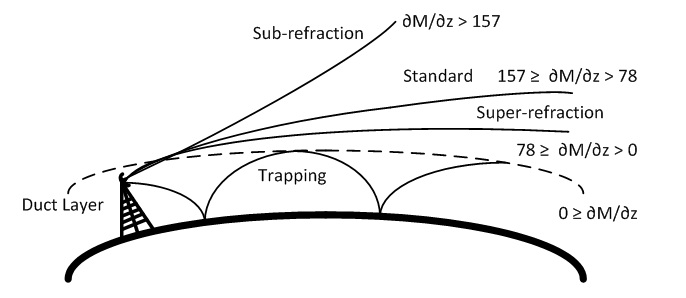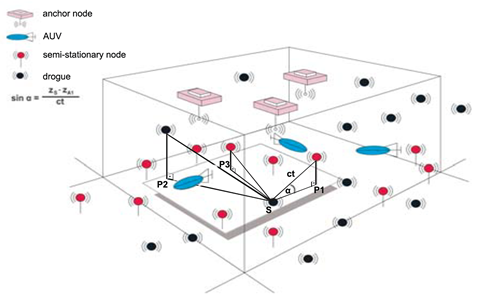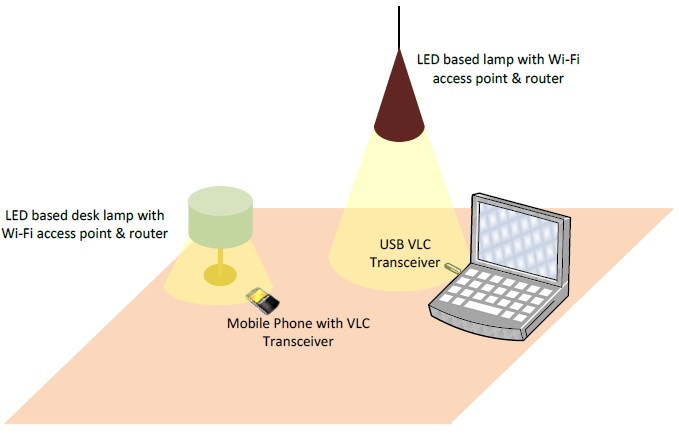Micro/Nanoscale Transceivers for Wireless Molecular Information Communications
Molecular Communication (MC) brings about unique challenges resulting from its highly complex, nonlinear, time-varying channel properties due to the discrete nature of information carriers, substantial channel memory and peculiarities of molecular interactions at nanoscale, that cannot be always tackled by conventional ICT tools. This leaves a huge question mark over the reliability of the existing MC methods, which are mostly adopted from conventional EM communications and not validated with practical MC devices.
There is an urgent need for practical MC devices at micro/nanoscale, to close the gap between theory and practice in order to unleash the envisioned applications of IoNT and MC. Hence, we aim to implement the first working prototype of a micro/nanoscale MC system.
